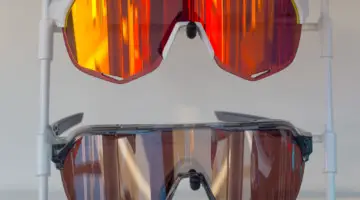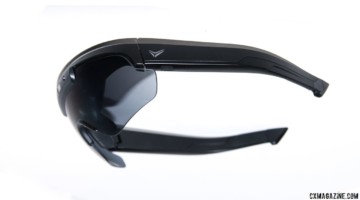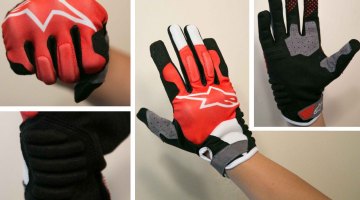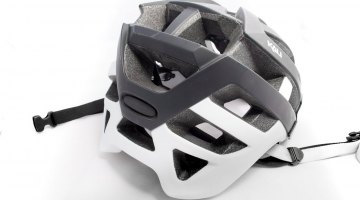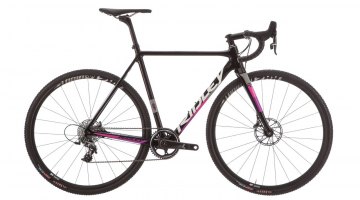Protecting You Against You and Mother Nature
Having the best optical clarity is great and all only if you’re not looking through water droplets, fog or scratches. To this end, Ryders prioritizes coatings that help eliminate these common complaints.
Lenses are coated with a scratch-resistant coating so that midway through the muddy cyclocross season, you’re not seeing blurry without a hard effort. Sure, scratch resistant coatings aren’t cutting edge technology, but many lenses don’t come with it, leaving you with a scratched pair of shades after your first mudfest of a race.
However, it’s the other coatings that are intriguing. On the interior side of the lenses, many models ($79 and up) have an AntiFOG coating that actually absorbs moisture. It’s remarkable in action, and yet odd, only because the most common way of cleaning the lenses—breathing on them and wiping the fog away—doesn’t work. Yes, the coating has a saturation point, but we’re guessing (and plan to verify) that in a 45-60 minute effort of cyclocross, you’ll appreciate that these glasses are much harder to fog up than your standard shades.
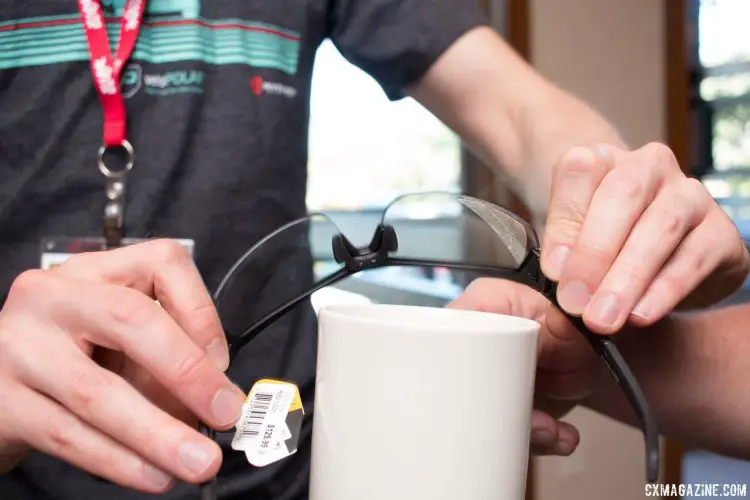
Ryders Eyewear demonstrating the interior anti-fog lens treatment. The inner coating actually absorbs the water. Press Camp 2016. © Cyclocross Magazine
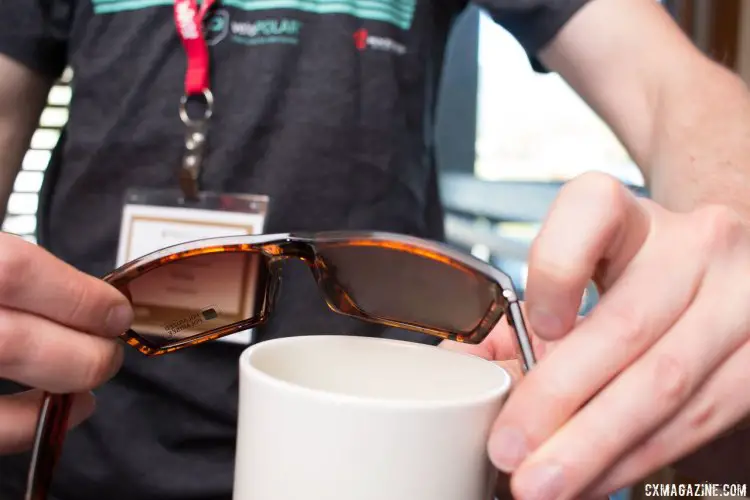
Ryders Eyewear showing a lens without the anti-fog treatment. Press Camp 2016. © Cyclocross Magazine
On the exterior of the lenses, Ryders takes the opposite approach and treats its lenses with a hydrophobic coating that repels water, and watery mud. They haven’t yet developed a coating that repels peanut butter mud, but if you ever ride in wet conditions, the Ryders lenses might keep you riding faster or at least avoiding refilling the Rain-X bottle.

























